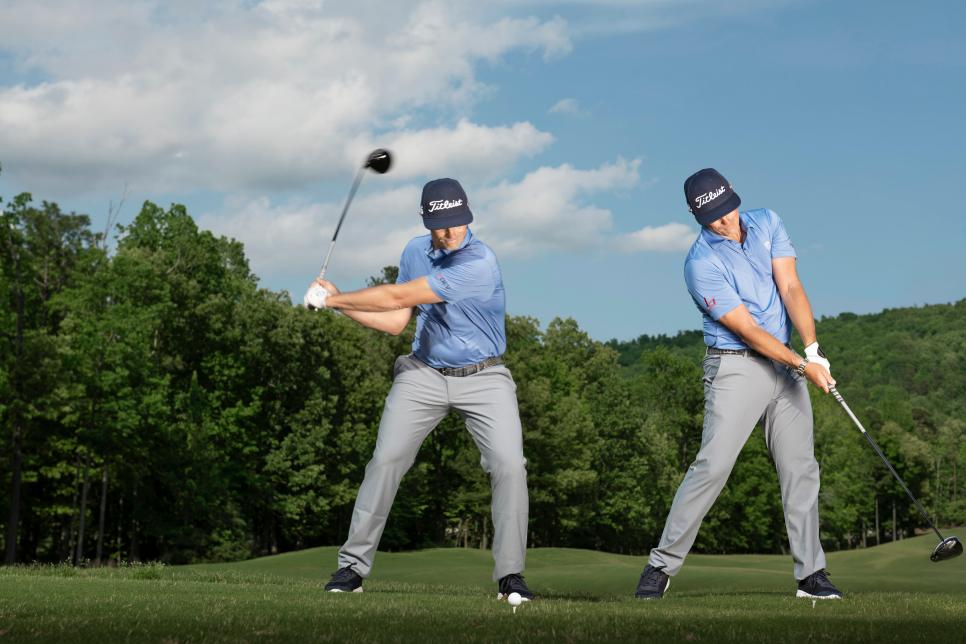Almost no golfer likes to change their golf grip. Our hands are the only connection we have with the golf club, and they help forge our relationship with the clubface. Changing your hold on the club can feel uncomfortable, and often takes a while to get used to.
Mark Blackburn, Golf Digest’s No. 1-ranked Teacher in America in our latest rankings, recently helped one of his tour students, Charley Hoffman, through a slight change of his own. Rare for a tour player, but it was a masterstroke: The tweak helped propel Hoffman to a near-victory at the WM Phoenix Open earlier this month.
So, we called up Mark to learn more about how that all went down—and hear his advice about what the rest of us can learn from it.
1. Be proactive when you’re playing well
Most golfers only think of taking a lesson or videoing their golf swing when they’re struggling. It makes sense, after all. You’ve got a problem to solve, so you go to an expert for help. But Mark encourages golfers to be more proactive. He’s constantly getting 3D data of his players’ golf swings, especially when they’re playing well.
As he explains:
“If you’re a regular golfer and you’ve got a coach, when you are playing well, you should go get it videoed and go see them so you can understand what’s working for you,” Blackburn says. “Then you have a data stamp, so to speak. You’ll always be able to go back and reference it.”
That’s how they spotted the slight change in Hoffman’s grip during a session at the Titleist Performance Institute.
2. Small grip tweaks can make big differences
When Blackburn looked at Hoffman’s swing data, he found that his grip had gotten about 20 degrees weaker—a byproduct of Hoffman favoring left-to-right fades.
RELATED: A 3-step grip checklist
Blackburn says it’s rare for him to change a good player’s grip.
“With a player who is near-scratch, changing the grip is the last resort, because it messes with their feel system, and they’ve based their release around it,” he says.
In Hoffman’s case, his change was a small tweak that was a return to what he had done before. But Blackburn says amateur golfers should take a positive attitude towards grip changes, because it can often be a good solution to their swing problems.

Dom Furore
“The grip is something that seems very simple, but there can be some massive ramifications in your swing,” Blackburn says. “Depending on what they need, it can help a lot of club golfers.”
3. Should you change your grip?
If you’re wondering, after reading this, whether you should change your grip, the answer is that it depends. Talk to your coach first.
One lesson the rest of us can learn from Hoffman’s grip change, though, is understanding how a grip that’s too weak, or in the palm, can often cause issues. Something that’s especially true with amateur golfers, Blackburn explains.
“As a general rule of thumb, a stronger grip can help promote more rotation of the body,” he says. “If you tend to early extend, sometimes a weak grip can go along with that, and together they’ll stall the body out can flip the face closed really quickly.”
You can watch the full video here on Mark and Charley Hoffman’s grip change right here.
This article was originally published on golfdigest.com




